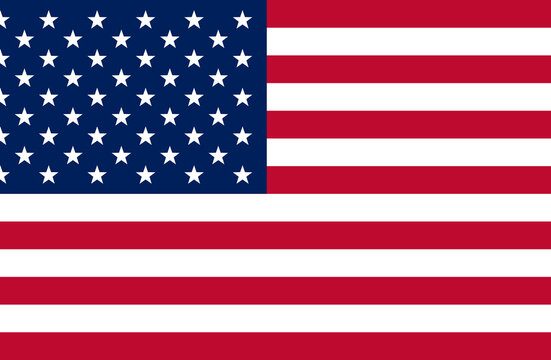In a development that briefly calmed economic jitters, the United States saw a modest decline in its inflation rate for the month of April, with consumer prices easing to 2.3% year-on-year, according to data released by the U.S. Bureau of Labor Statistics.
The figure, though a slight drop from previous months, has been described by economists as a temporary reprieve, with warnings that upcoming tariff measures could reignite inflationary pressures in the coming quarters.
Analysts say the dip is largely driven by lower energy prices and a slowdown in some categories of goods and services, including used cars and groceries. However, underlying inflation in housing and healthcare remains sticky, underscoring the persistent price challenges facing American households.
“This decline is not a sign that the inflation fight is over. It’s a pause, not a pivot,” said Diane Swonk, Chief Economist at KPMG U.S. “With new tariffs on Chinese imports being rolled out, consumers could see renewed price hikes across a wide range of everyday items in the second half of the year.”
The Biden administration recently announced tariff increases on electric vehicles, semiconductors, and medical supplies from China, a move aimed at strengthening domestic manufacturing and protecting strategic industries. However, experts fear the knock-on effect may be rising import costs, which could fuel another round of inflation.
Federal Reserve officials have acknowledged the latest inflation figures but have signaled that interest rate cuts remain off the table until there’s clearer evidence of sustained disinflation. The Fed has held its benchmark rate steady since July 2023, following a series of aggressive hikes aimed at cooling price growth.
For everyday Americans, the numbers still reflect a cost-of-living strain. “I’ve noticed prices drop on a few things, like gas and some groceries, but rent and medical bills are still going up,” said Tara Brooks, a schoolteacher in Ohio. “It’s like we’re holding our breath, just hoping prices don’t start climbing again.”
While the April data offers some relief, market watchers and policy analysts agree: the next few months will be crucial in determining whether this dip is a turning point or just the calm before another inflationary storm.







